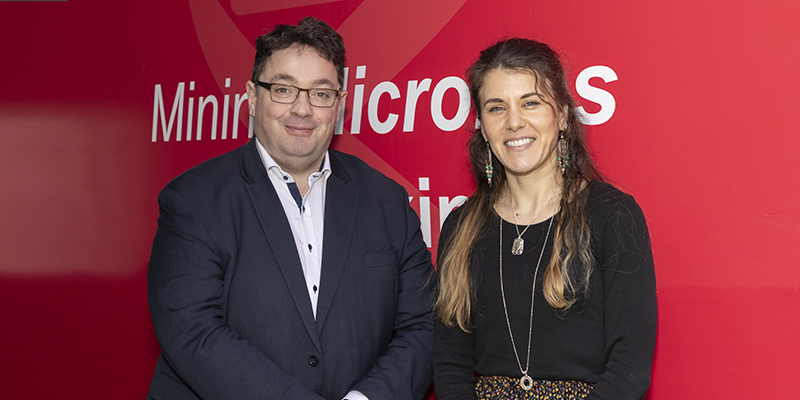In This Section
- Home
- Staff Profiles & Phone Book
- About the Department
- A History of the Department LANDING PAGE
- A history of the Department; The early years to the 1980s
- A history of the Department; The move from the Windle Building to BSI and WGB
- UCC Professors of Anatomy and Heads of Department
- The development of the UCC HUB
- Current students, recent research graduates and awards
- Useful Links
- Welcome from Head of Department of Anatomy and Neuroscience
- Study Anatomy
- Study Neuroscience
- Research
- UCC Anatomical Donations
- Biosciences Imaging Centre
- BSc Medical and Health Sciences
- News & Events
- News Archive 2024
- News Archive 2023
- News Archive 2022
- News Archive 2021
- News Archive 2020
- News Archive 2019
- News Archive 2018
- Recent Publications
- News archive 2017
- News Archive 2016
- News Archive2015
- News Archive 2014
- News Archive 2013
- News Archive 2012
- News Archive 2011
- BRAIN AWARENESS WEEK 2023
- Department Events and Conferences
- Seminar series 2019_2020
- photo galleries
- Narrowing the void Conference 2023
- Photos of BSc Medical and Health Sciences Mentoring launch 2022
- International Women's Day 2023
- 2023 BRIGHT FUTURES - Celebrating our researchers
- 2023 UCC Futures - Future Ageing & Brain Sciences
- Recent Graduations July 2023
- Anatomy and Neuroscience Top 100 Anatomy Physiology 2023
- BRAIN AWARENESS WEEK 2023 FUN AND GAMES EVENT
- Medical and Health Sciences First year class 2023
- 2023 Brain Awareness week Scientific discussion photo gallery
- World Anatomy Day 2023
- BSc MHS MENTORING PROGRAMME 2023
- BSc Medical and Health Sciences Graduation 2023
- BSc Neuroscience Graduation Photo Gallery 2023
- Dr Kathy Quane Nov 2023
- THANKSGIVING PHOTOS 2012
- Photo Gallery: Society of Translational Medicine Careers Fair 2023
- Photo Gallery:2023 TRAIN AWARDS
- Photo Gallery:2024 Creative Week St Joseph's NS
- Photo Gallery: Department of Anatomy and Neuroscience Thanksgiving Service 2024
- Photo Gallery: Professor Aideen Sullivan farewell party
- Photo Gallery: Irish Pain Society Annual Scientific Meeting Cork 2023
- Photo Gallery: 2024 Medical and Health Sciences Graduation
- Photo Gallery: Medical and Health Sciences Meet and Greet 2024
- Photo Gallery: 2024 BSC NEUROSCIENCE Graduation
- Photo Gallery: 2025 INTERNATIONAL WOMEN'S DAY
- Photo Gallery: 2025 BSc Neuroscience class and staff
- Photo Gallery: 2025 BRAIN CONNECTIONS
- Narrowing the Void Conference 2023
- Department of Anatomy and Neuroscience Contact Us
Dr Maria Rodriguez Aburto and Professor John Cryan publish review article in Nature Reviews

Publishing in Nature Reviews Gastroenterology and Hepatology, Dr Maria Aburto and Professor Cryan's expansive article 'Gastrointestinal and brain barriers: unlocking gates of communication across the microbiota–gut–brain axis' is a indepth analysis and summary of current research findings of this highly complex, topical and exciting area.
'Crosstalk between gut and brain has long been appreciated in health and disease, and the gut microbiota is a key player in communication between these two distant organs. Yet, the mechanisms through which the microbiota influences development and function of the gut–brain axis remain largely unknown. Barriers present in the gut and brain are specialized cellular interfaces that maintain strict homeostasis of different compartments across this axis. These barriers include the gut epithelial barrier, the blood–brain barrier and the blood–cerebrospinal fluid barrier. Barriers are ideally positioned to receive and communicate gut microbial signals constituting a gateway for gut–microbiota– brain communication. In this Review, we focus on how modulation of these barriers by the gut microbiota can constitute an important channel of communication across the gut–brain axis. Moreover, barrier malfunction upon alterations in gut microbial composition could form the basis of various conditions, including often comorbid neurological and gastrointestinal disorders. Thus, we should focus on unravelling the molecular and cellular basis of this communication and move from simplistic framing as ‘leaky gut’. A mechanistic understanding of gut microbiota modulation of barriers, especially during critical windows of development, could be key to understanding the aetiology of gastrointestinal and neurological disorders.'
Nature Reviews is a portfolio of more than 20 journals, which are dedicated to publishing review and commentary articles in the clinical, life, physical, social and earth sciences. The Nature Reviews journals are unique resources and teaching tools, widely used by students and faculty. Dedicated to filtering and condensing the latest advances in their respective fields, the Reviews journals play an increasingly important part in improving the accessibility of original research.
Department of Anatomy and Neuroscience
Anatamaíocht agus Néareolaíocht
Contact us
Room 2.33, 2nd Floor, Western Gateway Building, University College, Cork, Ireland
